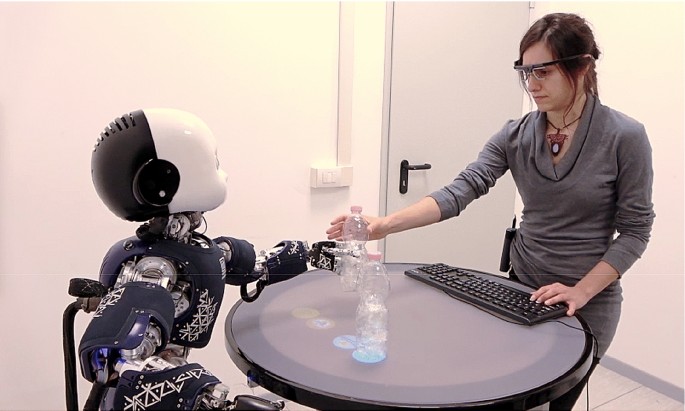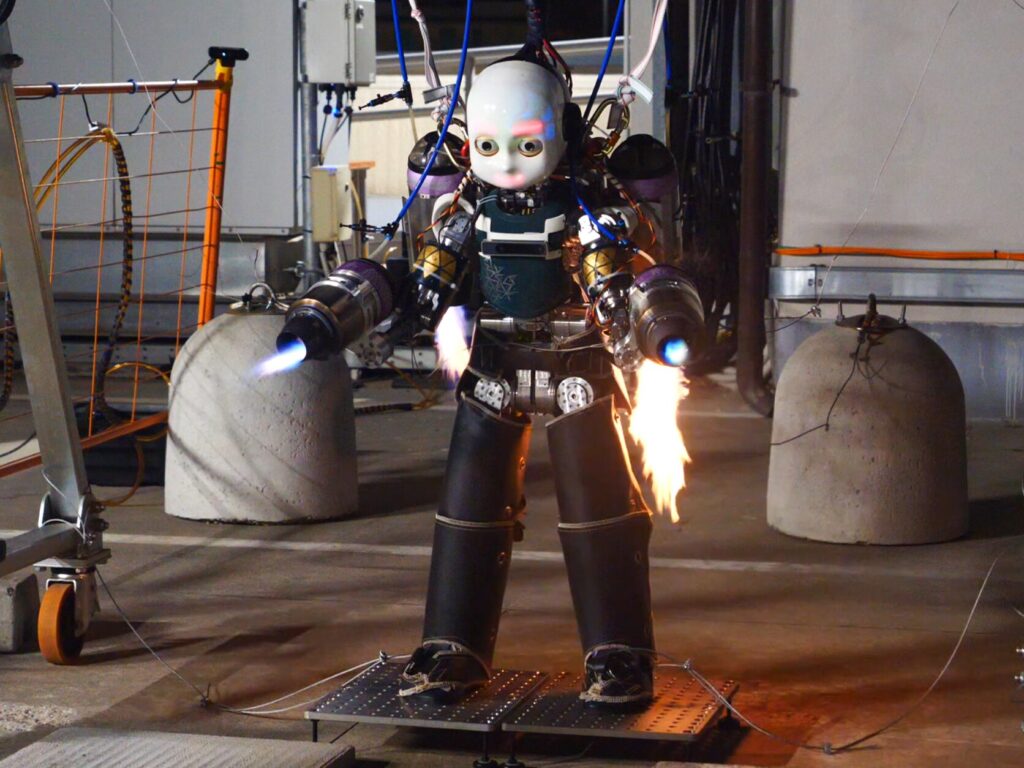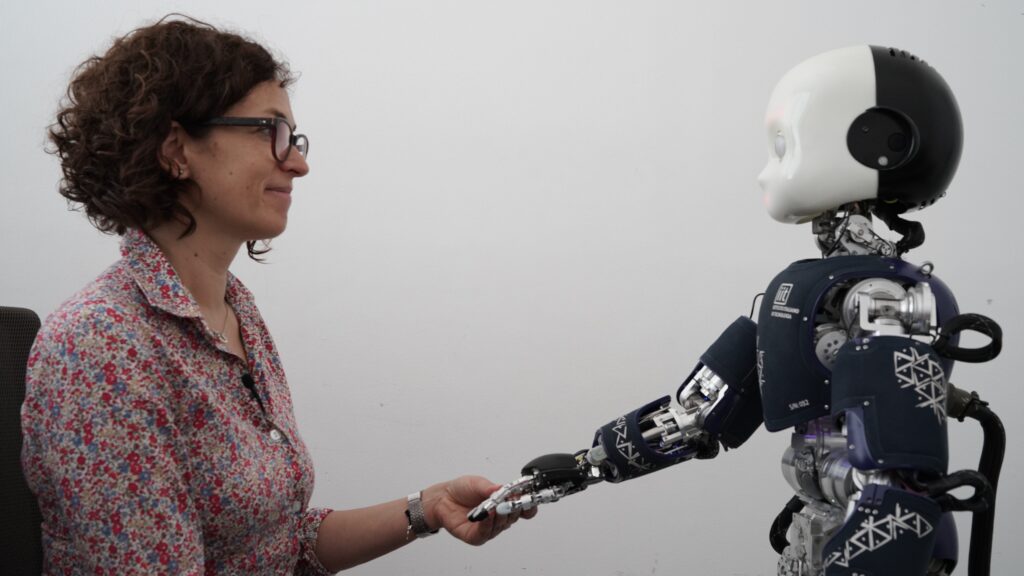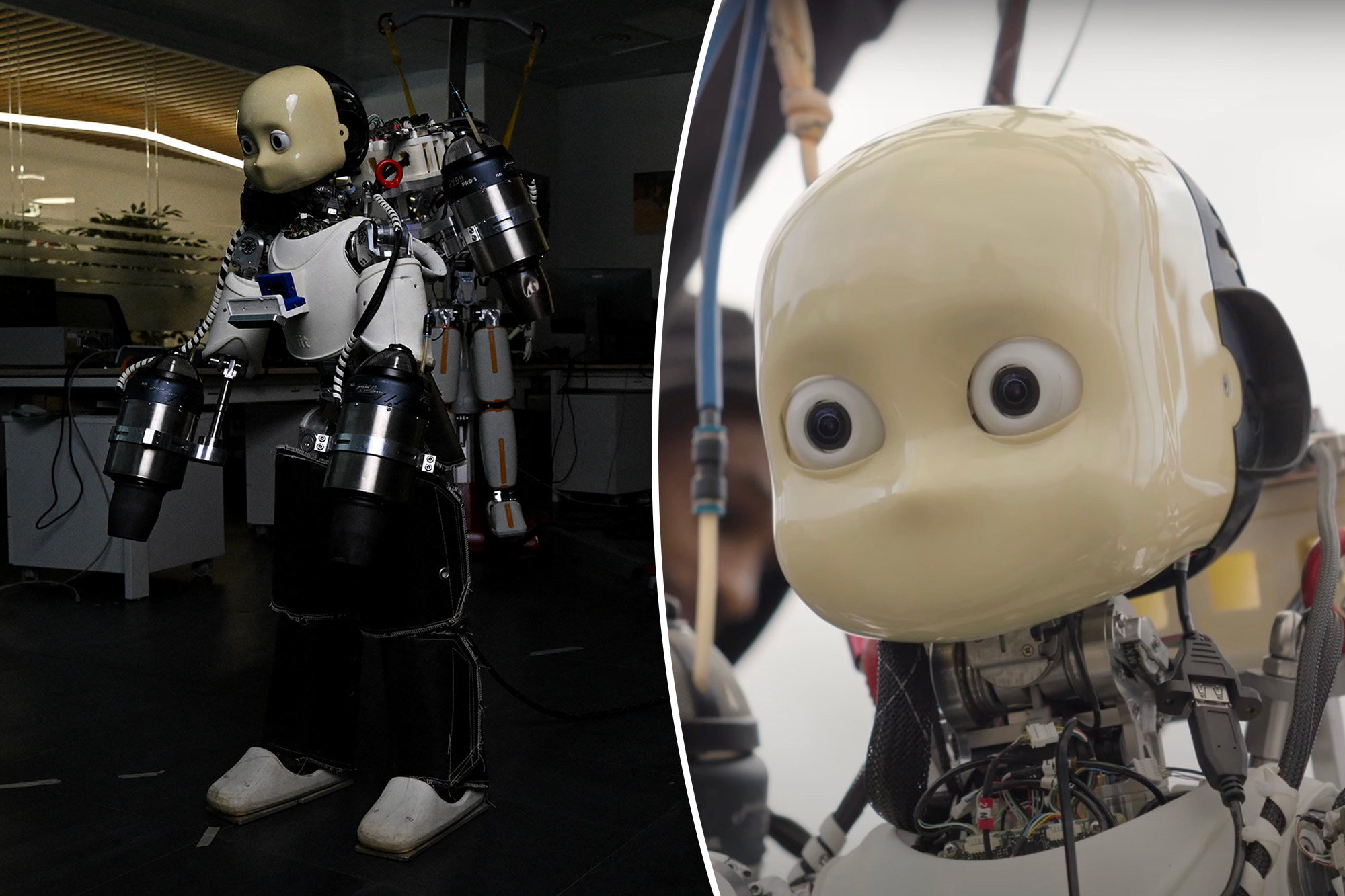In a world where robotics and artificial intelligence are evolving faster than ever, humanity has just witnessed something both astonishing and unsettling a flying ‘baby faced’ robot. This cutting edge creation is being hailed as the first of its kind combining lifelike human features with autonomous flight. But instead of universal applause, the response has been mixed many people are intrigued, while others admit they’re downright freaked out.
The Rise of the Flying ‘Baby Faced’ Robot
Technology has always blurred the lines between science fiction and reality, but the introduction of a flying ‘baby faced’ robot marks an entirely new chapter. Developed by a group of advanced robotics engineers and AI specialists this robot isn’t your typical drone or humanoid. It merges the innocence of a human infant’s face with the mechanical prowess of autonomous flight and that unusual combination is triggering a wave of emotional and ethical debates.
The creators insist that the flying ‘baby faced’ robot was designed for positive, practical applications from social companionship to search and rescue missions. But for many, its eerily realistic face floating in the air feels more like a scene from a dystopian sci-fi movie than a technological breakthrough.

Why Is This ‘Baby Faced’ Robot Freaking People Out?
The human brain is hardwired to detect faces, a trait known as pareidolia. We see faces in clouds, in electrical outlets, even in tree bark. But when it comes to robots especially those that mimic human features there’s a fine line between adorable and disturbing.
This is where the uncanny valley effect comes into play. When artificial creations look almost human, but not quite, they trigger discomfort, even fear. The flying ‘baby faced’ robot, with its childlike eyes and smooth, human like skin hovering above the ground taps right into this unsettling zone.
For many, it’s not just about the appearance but the unpredictability. A flying, human faced machine roaming the skies raises deep questions about privacy, safety, and the ethical boundaries of AI development.
Potential Applications of the Flying ‘Baby Faced’ Robot
Despite the initial fear and controversy, the flying ‘baby faced’ robot isn’t just a technological party trick. Its creators envision real world applications that could benefit society, provided concerns are addressed:
1. Elderly Care and Companionship
Loneliness is a growing crisis, especially among the elderly. A flying ‘baby faced’ robot programmed with conversational AI and empathetic responses could provide companionship, reminders for medication, and even detect health emergencies.
2. Search and Rescue Missions
Imagine a robot that can fly into dangerous or inaccessible areas during natural disasters, guiding lost individuals or delivering supplies. The human like face could provide reassurance to frightened survivors, making rescue operations more humane and efficient.
3. Education and Childcare
In controlled environments, the flying ‘baby-faced’ robot could assist in education or childcare settings, interacting with children in a way that feels approachable and engaging though this, too, raises important psychological and ethical questions.

The Ethical and Social Dilemmas
The arrival of the flying ‘baby faced’ robot also shines a harsh light on the gaps in existing laws and ethical frameworks around AI and robotics. Who controls these machines? How are they programmed? Could they be hacked or misused?
There’s also the deeper, more philosophical concern as machines increasingly resemble us, where do we draw the line between human and machine? Is this flying ‘baby faced’ robot merely an invention, or does it inch us closer to creating artificial beings with emotional influence over people?
Experts in AI ethics argue that as technology advances, society must engage in transparent discussions to set boundaries before innovation outpaces regulation.
The Public Reaction: Fascination Meets Fear
Social media has exploded with reactions to videos of the flying ‘baby faced’ robot. Some people are amazed by the technological achievement, likening it to scenes from futuristic movies. Others express discomfort, calling the floating, childlike face “creepy” or even “nightmare fuel.”
Psychologists suggest this fear isn’t irrational. It’s rooted in our evolutionary instincts to detect threats and when something looks human but behaves in unnatural ways, our brains sound the alarm.
Yet the fascination remains undeniable. Curiosity and fear often go hand-in-hand when humanity pushes the boundaries of the possible.

What’s Next for the Flying ‘Baby Faced’ Robot?
The developers behind this project acknowledge the mixed reactions but remain committed to improving the design, functionality, and public acceptance of the flying ‘baby faced’ robot. They argue that with careful integration, the benefits could far outweigh the initial discomfort.
Still they also recognize that success isn’t just about technological achievement. It’s about earning public trust a challenge as complex as building the robot itself.
A Glimpse into the Future
The flying ‘baby faced’ robot represents both the incredible promise and the unnerving unknowns of our technological future. It forces us to confront questions we can no longer ignore about how much we want machines to resemble us, how we integrate them into society, and where we set the moral boundaries.
While it may be freaking people out today, history shows that most disruptive inventions from airplanes to smartphones initially sparked fear before becoming everyday tools. Whether the flying ‘baby faced’ robot follows the same path or remains a cautionary tale depends on how wisely and cautiously we proceed.


1 thought on “World’s 1st Flying ‘Baby Faced’ Robot Unveiled People Are Freaked Out!”